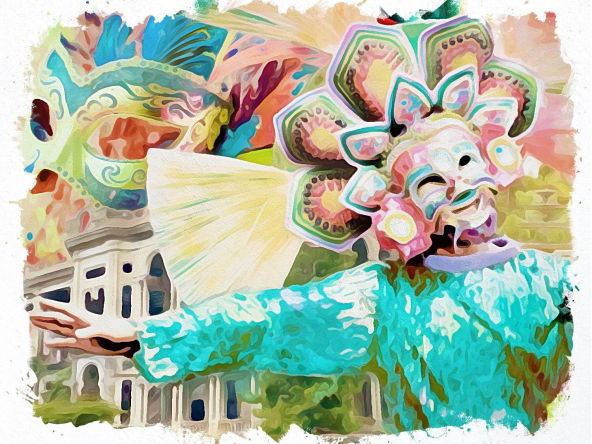
The tradition of Visita Iglesia in Bulacan offers both spiritual enrichment and historical education for visitors.
This centuries-old Catholic practice of visiting churches, particularly during Holy Week, takes on special significance in Bulacan province, where historic churches stand as witnesses to pivotal moments in Philippine history.
This comprehensive guide explores the most significant churches in Bulacan, their historical importance, architectural features, and religious significance, providing everything you need to know for a meaningful Visita Iglesia experience.
Barasoain Church: Cradle of Philippine Democracy
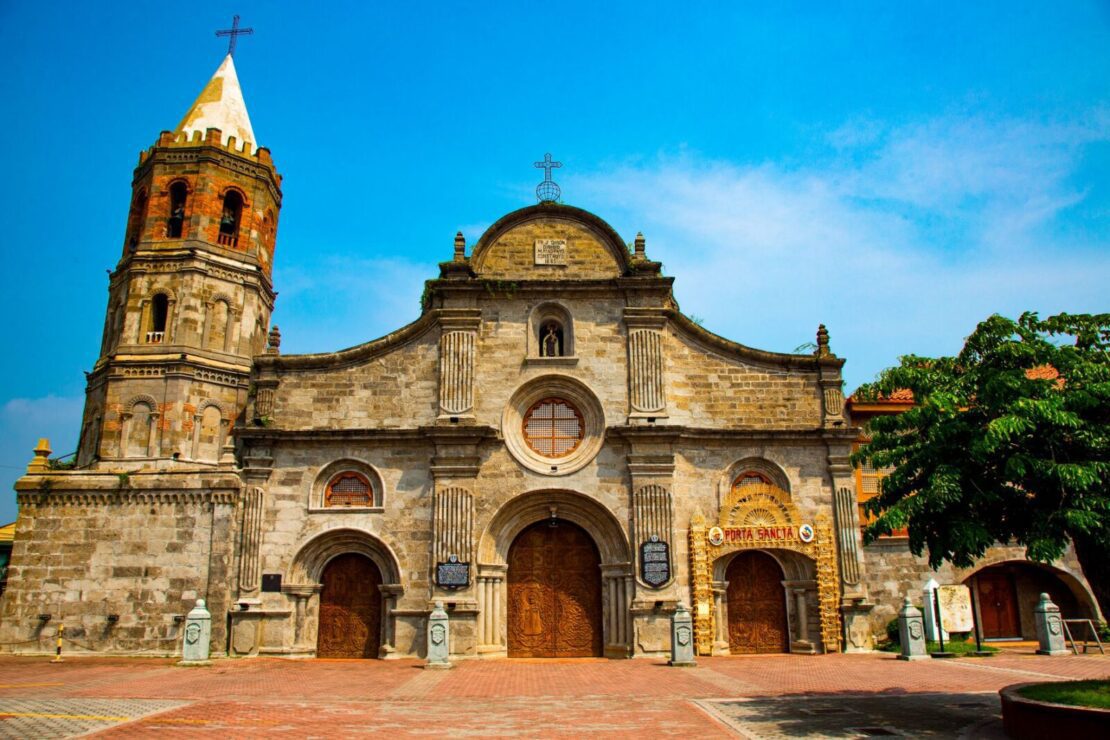
Barasoain Church stands as one of the most historically significant religious structures in the Philippines. Often called the “Cradle of Democracy in the East,” this church witnessed the birth of the First Philippine Republic on January 23, 1899.
The current structure of Barasoain Church was completed in 1888 after several reconstructions throughout its history. Its Baroque-inspired architecture features a distinctive façade with intricate stone carvings that have withstood the test of time.
In recognition of its historical importance, Barasoain Church has been designated as a Diocesan Shrine and is now officially known as the Barasoain Church Historical Landmark.
The church museum adjacent to the main structure houses artifacts, documents, and interactive displays that chronicle the church’s role in the Philippine Revolution and the establishment of the First Philippine Republic.
Visitors to Barasoain Church can witness where the First Philippine Republic was established and gain deeper appreciation for this crucial chapter in Philippine history.
The church’s patron saint, Our Lady of Mount Carmel, is celebrated with great devotion by local parishioners. Religious statues of Jesus Christ and various saints adorn the interior, creating an atmosphere of reverence that complements the historical significance of the site.
During Holy Week, Barasoain Church becomes a central destination for both pilgrims and history enthusiasts participating in the Visita Iglesia tradition.
Malolos Cathedral: Witness to the First Philippine Republic
Just a short distance from Barasoain Church stands the Malolos Cathedral, also known as the Minor Basilica of Our Lady of Immaculate Conception. This magnificent church has witnessed crucial moments in Philippine history, particularly during the revolutionary period against Spanish colonial rule.
The architectural grandeur of Malolos Cathedral reflects Spanish colonial influence with Filipino elements, creating a unique aesthetic that characterizes many historical churches in the Philippines.
The cathedral’s history is intertwined with the struggle for Philippine independence. During the revolutionary period, the convent adjacent to Malolos Cathedral briefly served as the presidential palace of Emilio Aguinaldo.
It was also here that the revolutionary government established various offices as they worked to build the foundations of an independent Philippine nation. The church witnessed the proclamation of the First Philippine Republic and served as a silent observer to the deliberations of the Philippine Congress during this tumultuous period.
Baliuag Church: Architectural Marvel and Religious Sanctuary
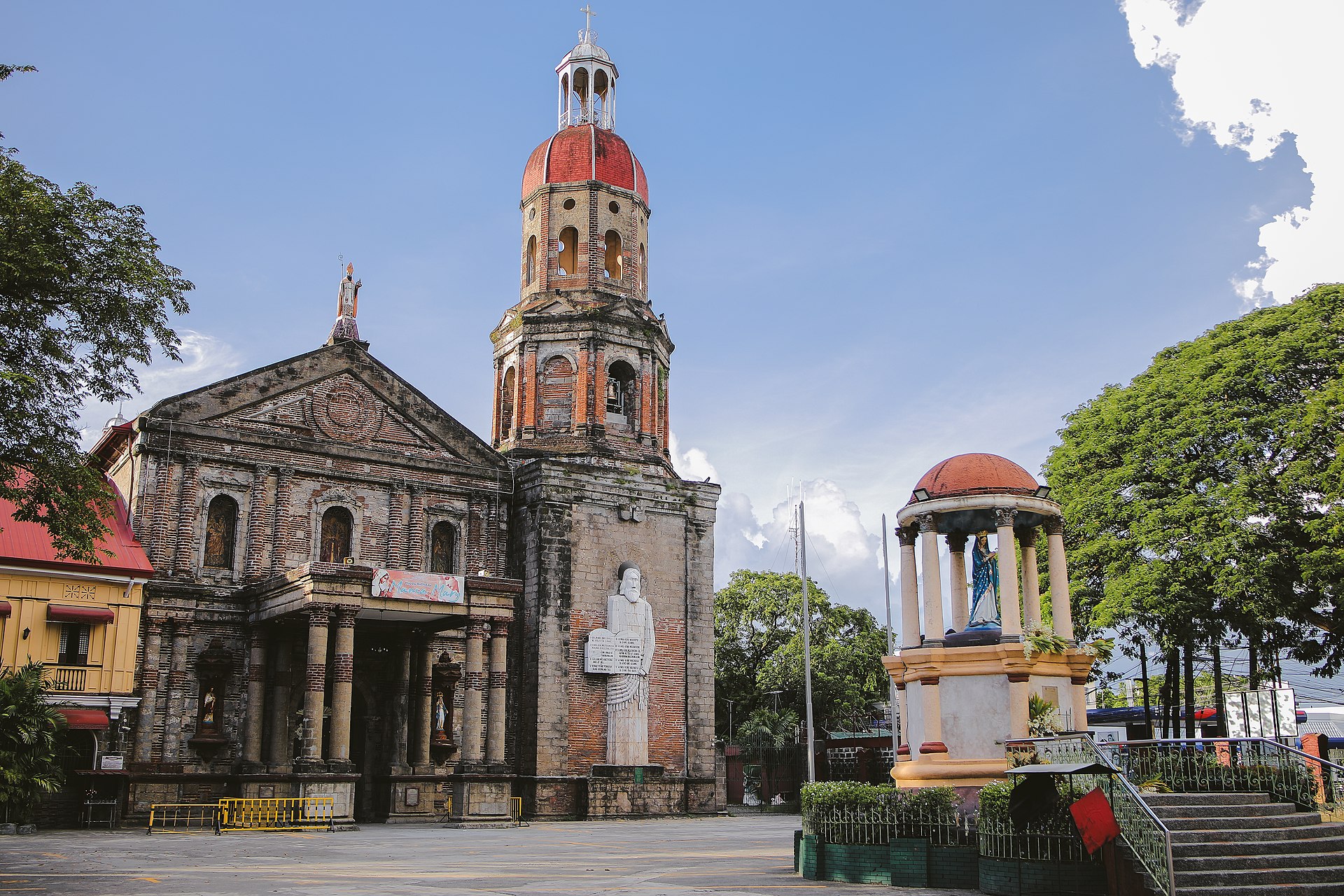
Traveling northeast from Malolos, visitors will encounter the impressive Baliuag Church, officially known as the St. Augustine Parish Church. Founded by Augustinian friars in the early 17th century, this church features impressive architectural details that have survived through centuries of natural disasters and war.
The church’s façade showcases a blend of Baroque and Neoclassical elements, with twin bell towers flanking the main entrance.
Other Notable Churches
Mount Carmel Parish
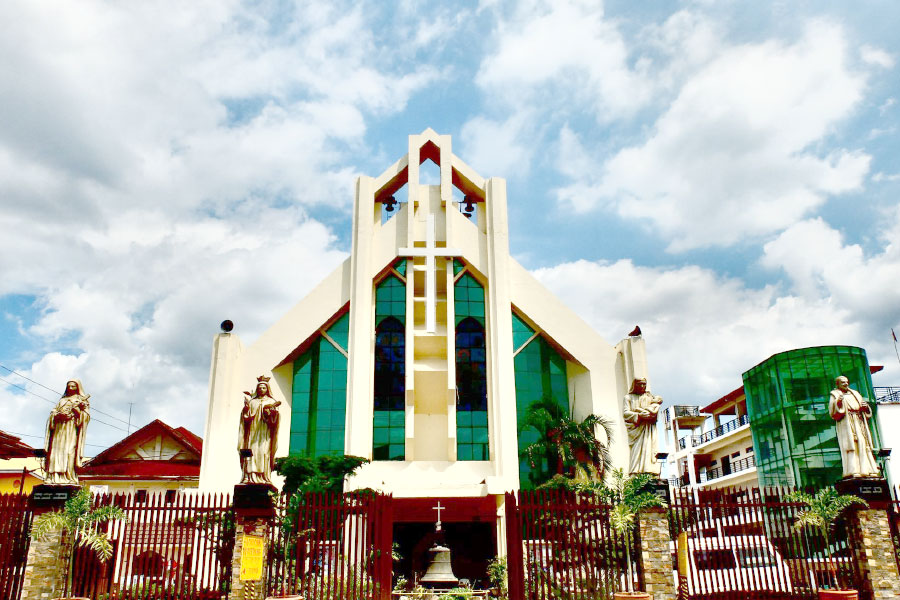
Mount Carmel Parish serves as both a religious center and historical landmark in Bulacan. Named after Our Lady of Mount Carmel, this church has a devoted following among local Catholics. The patron saint celebrated at Mount Carmel Parish draws thousands of devotees annually, particularly during the feast day celebrations in July.
Architectural elements of Mount Carmel Parish showcase the evolution of church design in the Philippines, with renovations over the years that have preserved its historical character while accommodating the needs of a growing congregation.
Parish Church of San Agustin
Another significant religious site is the Parish Church of San Agustin in Marilao, established by Augustinian priest Fr. Diego Vivar Ordoñez in the 17th century. This church features a distinctive bell tower and houses several important religious artifacts.
The church’s connection to the Augustinian friars highlights the significant role this religious order played in establishing Catholicism throughout Bulacan and nearby provinces.
Saint John the Baptist Parish Church
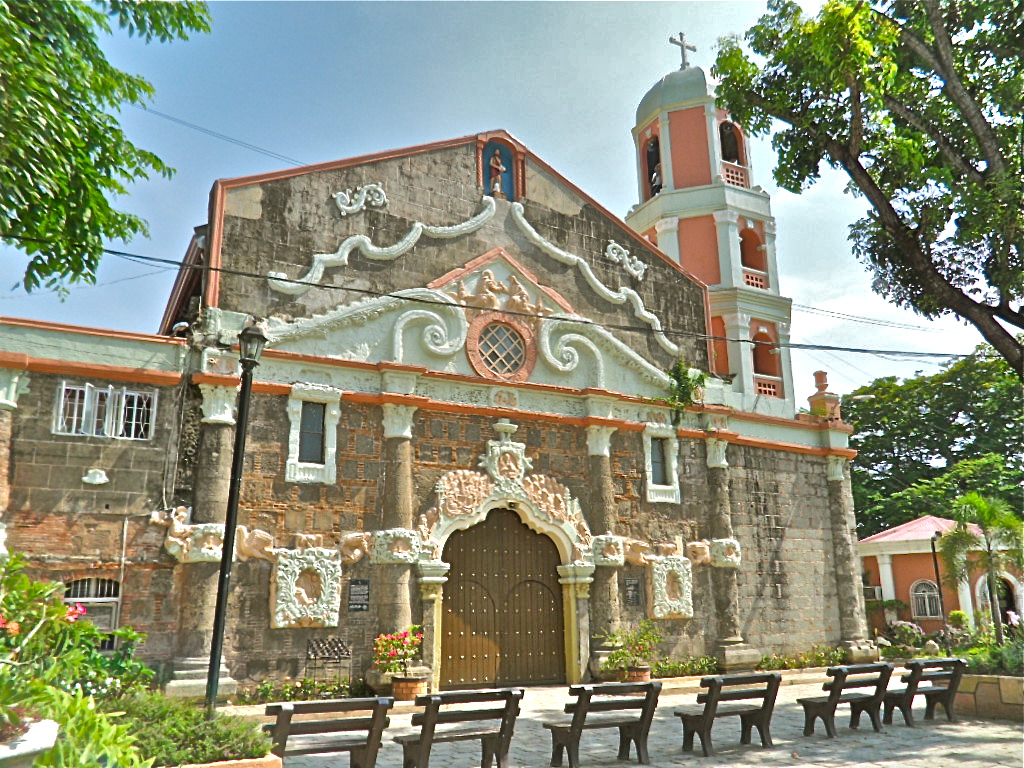
The Saint John the Baptist Parish Church in Calumpit claims the distinction of being the oldest church in Bulacan, with its original structure dating back to 1572. Though the current church building has been reconstructed several times due to natural disasters and war damage, it maintains its historical significance as one of the earliest centers of Catholicism in the region.
The church’s patron saint, Saint John the Baptist, is celebrated with elaborate festivities that showcase local traditions and devotional practices.
Preservation of Historical Churches in Malolos Bulacan
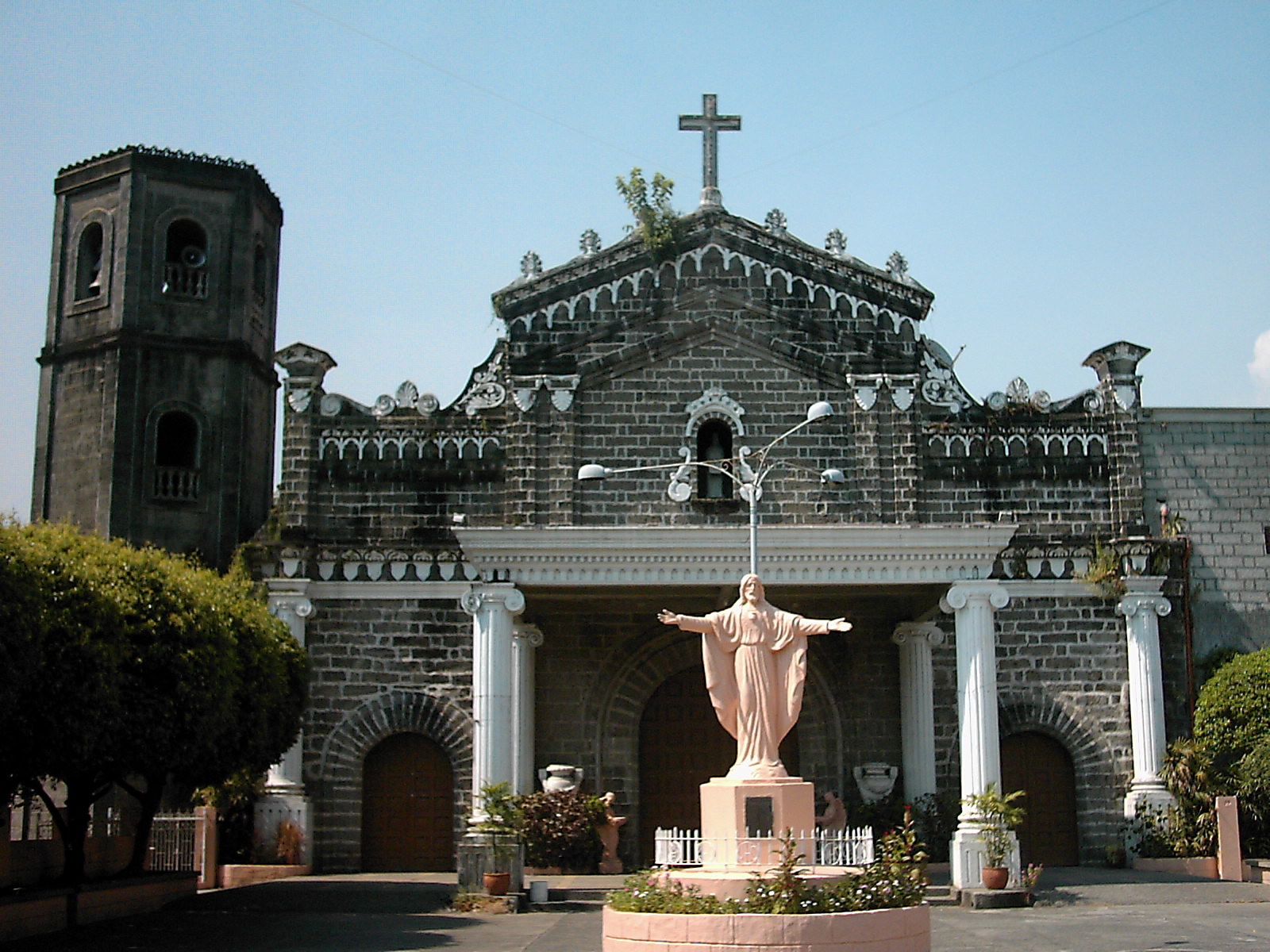
The historical city of Malolos Bulacan houses several churches of significant religious and historical value, making it a focal point for cultural heritage tourism in the province. Visitors to Malolos Bulacan can explore multiple historical churches within close proximity, creating an ideal starting point for a Visita Iglesia journey.
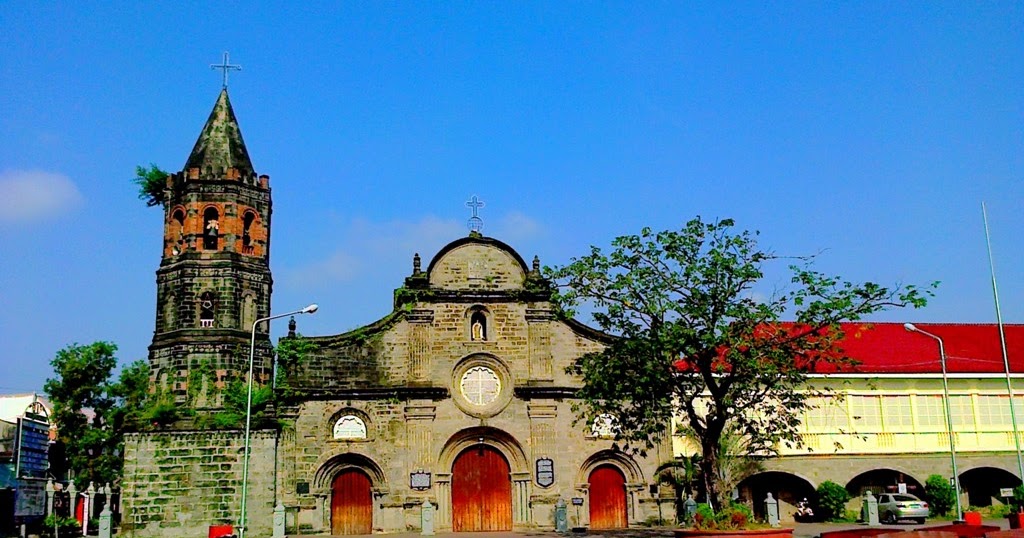
The churches of Malolos Bulacan have survived natural disasters, wars, and political upheavals. During World War II, many suffered damage from bombing and military occupation. Under Japanese rule, some church properties were repurposed for military use, and religious activities were sometimes restricted. Despite these challenges, the faith communities persevered, and the churches were eventually restored to their sacred purposes.
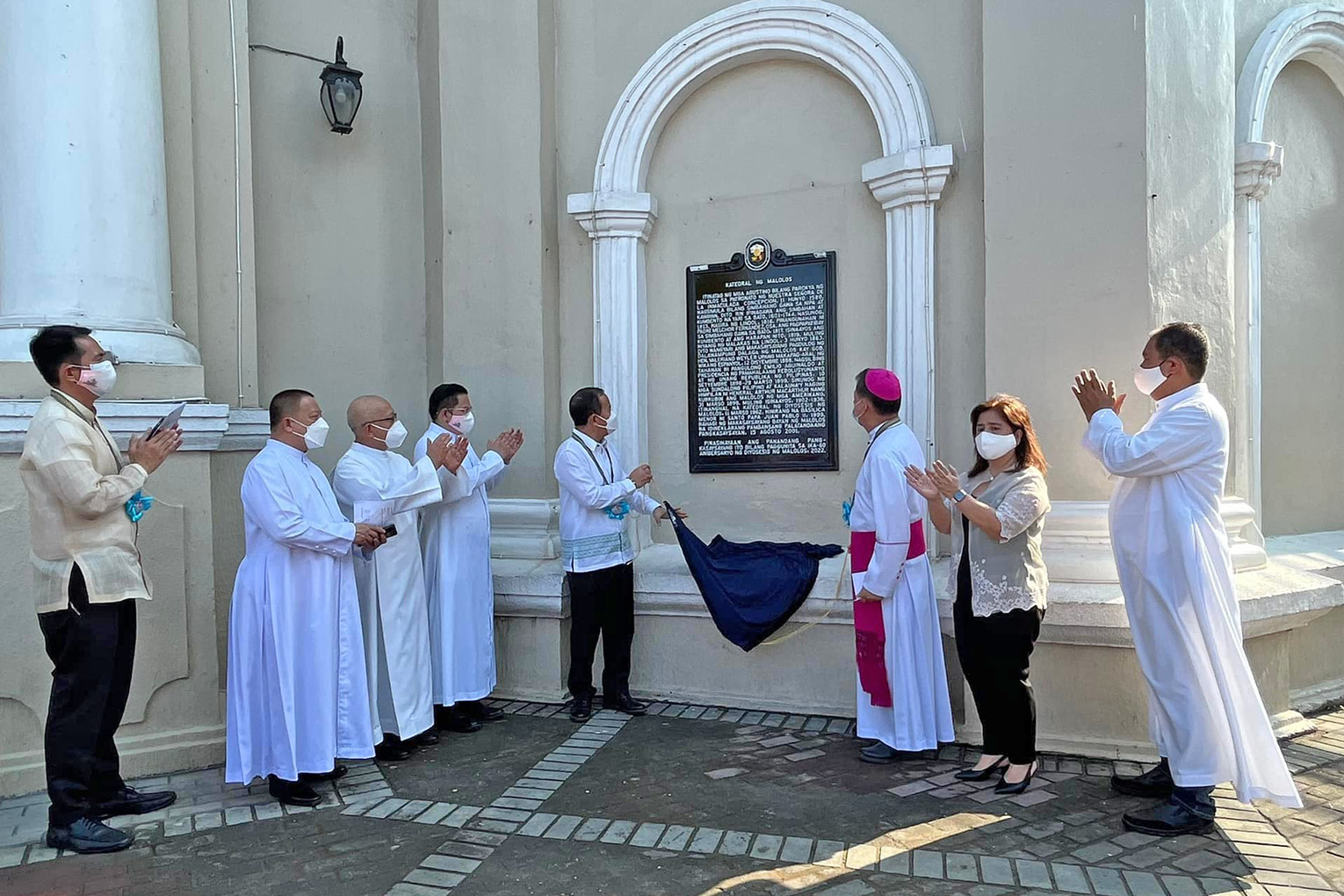
Today, efforts to preserve these historical structures involve both government agencies and private organizations. The National Historical Commission of the Philippines has installed historical markers at several Bulacan churches, officially recognizing their significance to national heritage. Local government units often partner with the Catholic Church to maintain these structures and promote them as cultural tourism destinations.
Conclusion
As you plan your own Visita Iglesia journey through Bulacan, remember that you are participating in a tradition that spans generations and embodies the Filipino spirit of faith, resilience, and historical consciousness.
These churches stand as testaments to a people’s devotion, not only to their religious beliefs but also to their national identity and cultural heritage – a legacy worth experiencing, understanding, and preserving for generations to come.
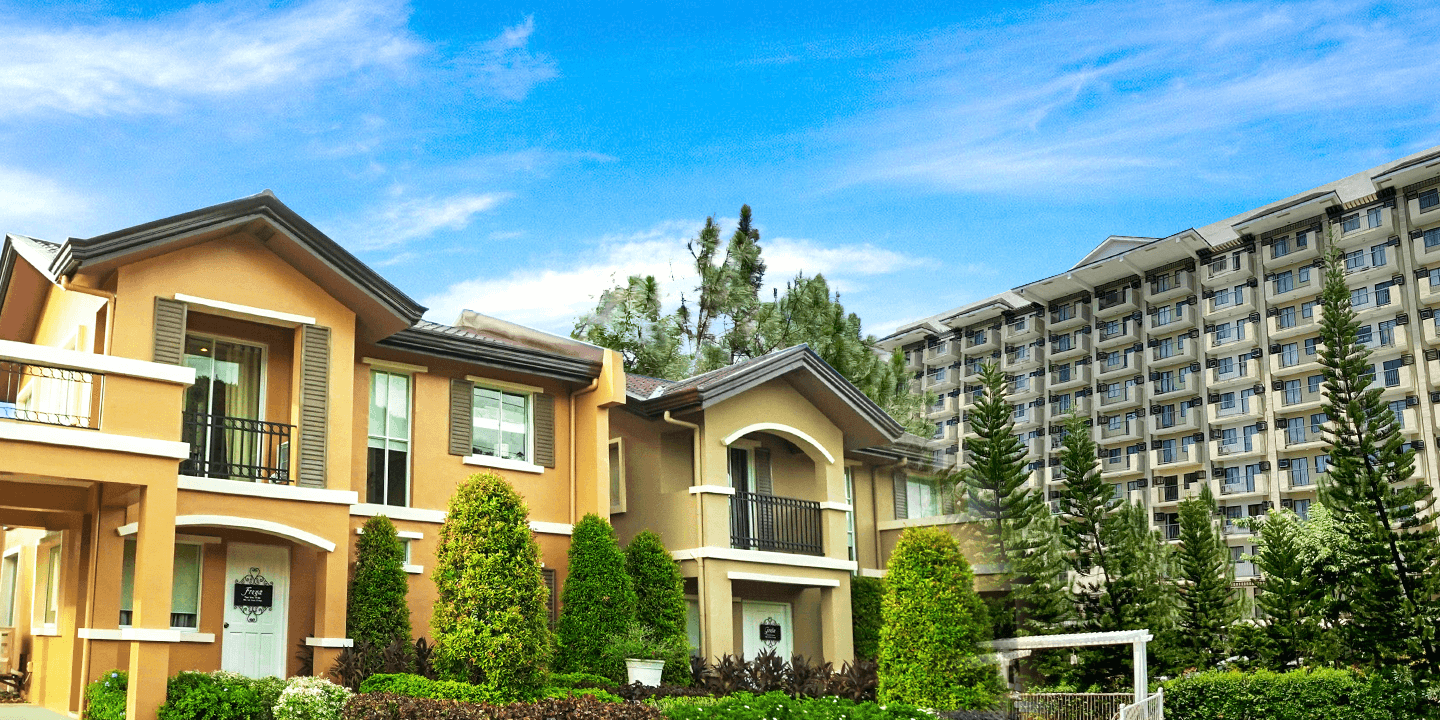
Celebrate Life’s Milestones in Camella!
House and Lot & Condominium for Sale in the Philippines

